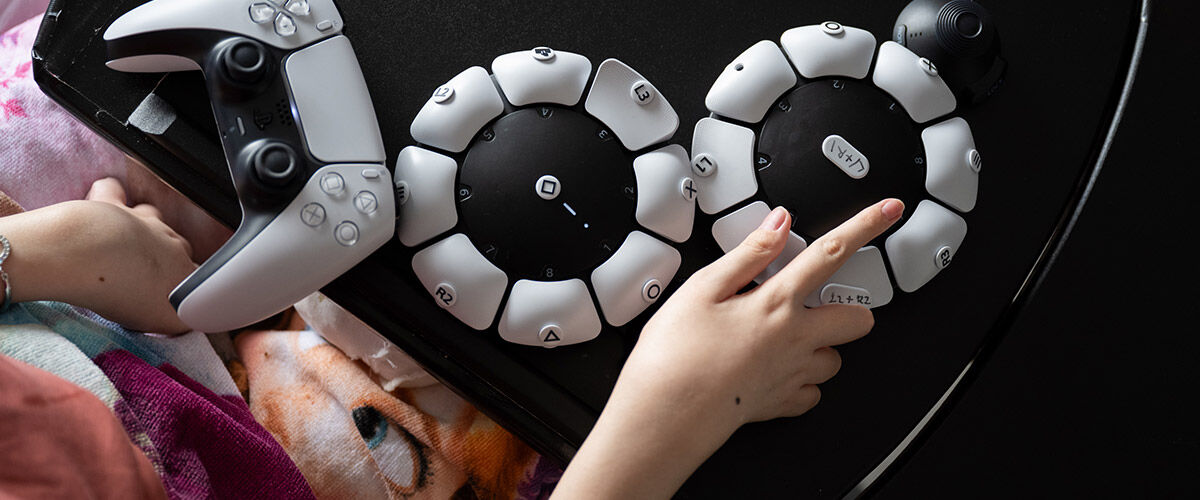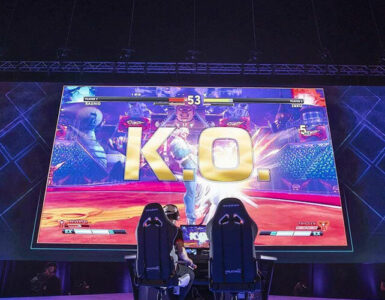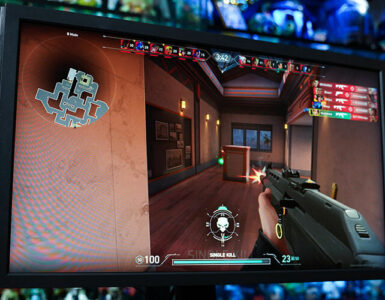The Amazing Spider-Man has had a long history with video games since his debut on the Atari 2600 in 1982, but for most gamers, everything changed in 2018’s Marvel’s Spider-Man on the PlayStation, as it allowed players to finally and realistically swing across the city at the flick of a controller and press of a button.
Since then, doing all that a Spider can become the very essence of any Spider-Man game but for writer Sherry Toh, 25, that first jump off a building before firing off the web-shooters at the building across only happened in December 2023, thanks to Sony’s new PlayStation Access Controller, a dedicated game controller aimed at disabled gamers, made with input from the disabled community.
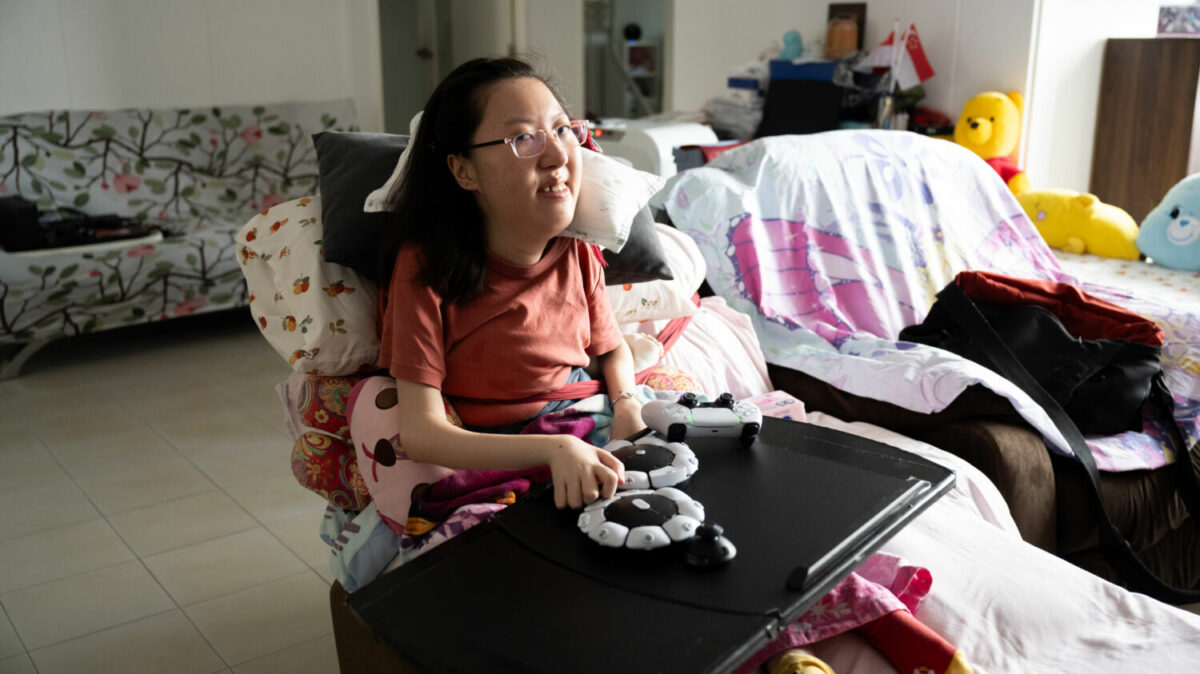
As an individual diagnosed with Spinal Muscular Atrophy (SMA), holding a dedicated controller is especially challenging, even as she enjoys immersing herself in the fantastical worlds that video games bring. When it comes to video games in general, Sherry prefers to play on the PC as it has a wider range of hardware options and a greater degree of customisation potential.
And just as how gamers in 2000 could truly appreciate a video game that allowed them to swing across the Manhatten skyline using webs, Sherry can now swing through the streets of Manhattan as Peter Parker in Spider-Man 2 on the PlayStation 5 console, in what can only be described as a “liberating experience”.
“Just a year ago I was able to hold my neck up by myself, but now, I need to be supported by multiple pillows to play the games and see the TV screen,” Sherry explained. To her, such challenges are part and parcel of her everyday life, and being able to play games is a small window of joy she can experience daily. Seeking to maintain as much independence as possible, though their disability affects strength and dexterity, individuals who live with SMA (which have different classifications, Sherry lives with SMA Type II) largely make the best of their days and time.
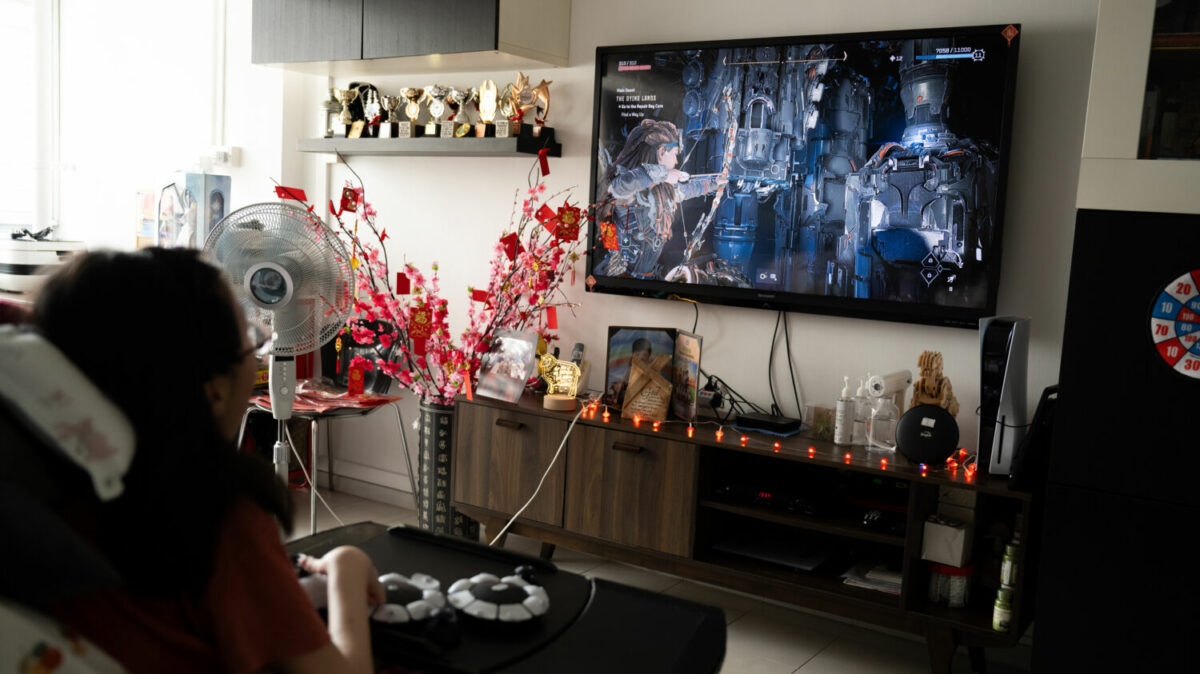
“My window to play games is while I have lunch. It takes about three hours to complete and it gives me enough time to focus on the game. It is challenging to play for longer sessions as I become tired and in the past year, my condition has worsened. I was able to support my head and spine by myself but now I need a lot more help.”
While Sherry does take her time to speak in full sentences and between labored breaths, our conversations with her reveal an individual who has plenty of fire in her belly. Home for Sherry is an HDB flat (public housing in Singapore) in the suburbs of the island where she lives with her family. Her mind remains active as we dance between talking about the PlayStation Access Controller and her escapades in the Forgotten Realm in Baldur’s Gate 3 together with Astarion.
While video games represent a booming realm of virtual worlds and interactive narratives, and have long held the power to transport us, challenge us, and connect us, the same cannot be said for gamers with disabilities, as those portals to adventure can be frustratingly out of reach due to inaccessible controls, interfaces, and game design. Thankfully, the industry is waking up to the immense potential of a truly inclusive gaming experience.
This has allowed a select few have come to prominence in the industry, even turning professional in select instances. Much has to do with the way companies have created new modes of interface for gamers because not all games make use of a mouse and keyboard, and different genres and games can tap on different tools.
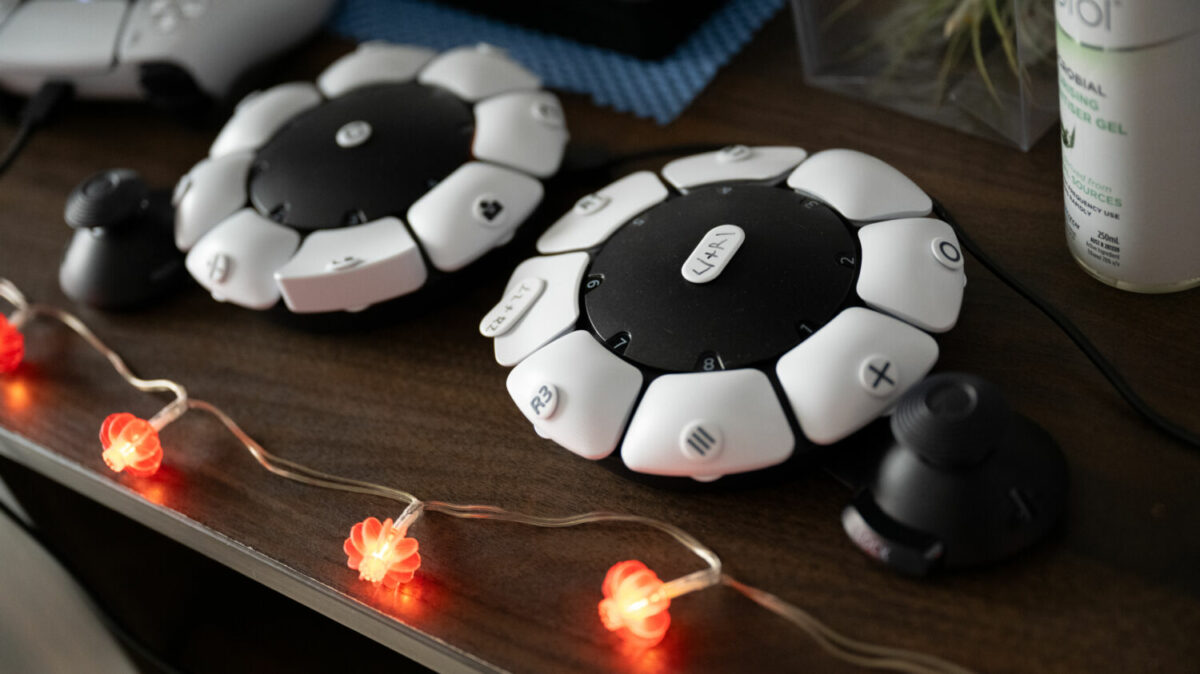
One exciting development is the emergence of specialized accessibility controllers. These innovative devices surpass standard controllers, offering modular designs, alternative input methods, and customizable layouts. The recently released PlayStation Access Controller is just one such example. With interchangeable button caps, support for external switches, and multiple profiles, it empowers gamers with diverse needs to tailor their controls for optimal comfort and play.
A long-time fan of video games, Ms Toh has steered clear of consoles simply because console controllers were not designed or gamers like her.
“One thing that I do dislike about PlayStation titles is that they are always exclusive to their console first, and holding the DualSense controller is a hard thing for me to do,” she explained.

“When it comes to developers making games for gamers like me, the software side of things has been quite accessible. Naughty Dog (the developers of The Last of Us), provides plenty of robust options to help me experience the game better and they are one of the best in the industry for such accessibility features. But it’s the hardware side of things on the console where the gap needs to be closed.”
Like a true gamer, Sherry has put in the time and effort to put the PlayStation Access Controller through its paces. Among all the games that she had tried, she ranks Spider-Man 2 as her new favourite, followed by Horizon Forbidden West, and finally The Last of Us Part II Remastered.
“The issue with The Last of Us when played on the console is how the game locks the joystick’s movement to the player’s camera movement. Because I lack movement in my left hand, I play games with only my right hand. For games such as Spider-Man 2, I can button mash my way to success, and in Horizon I’m able to get access to slo-mo or melee abilities, I’m still able to get through most parts of the game.”

To an abled gamer like myself, such nuances are not so apparent, and it took an afternoon with Sherry to explain the challenges that she had to go through to get a peek into her world. In fact, even with the PlayStation Access Controller on hand, getting it up and running into an optimal configuration took plenty of trial and error.
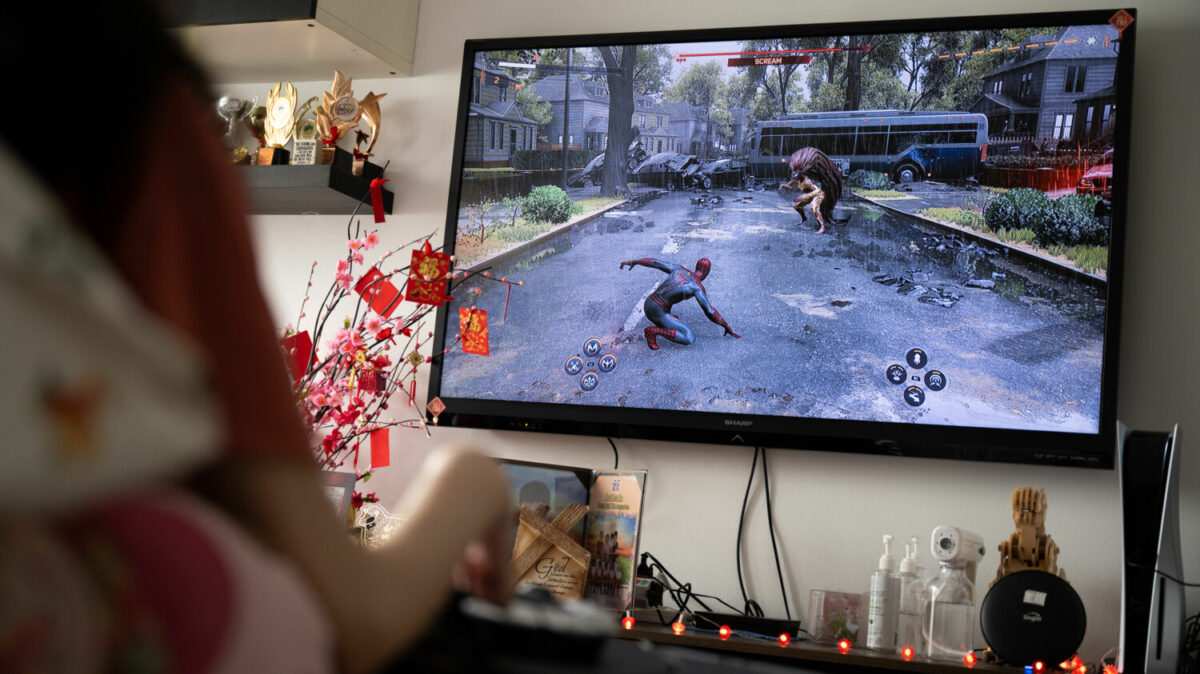
“Together with my brother Gabriel, we spent an evening figuring out and remapping the buttons to suit my playstyle,” explained Ms Toh, as she slowly demonstrated how she and her brother settled on using both the PlayStation Access Controller and DualSense first with Spider-Man 2 and then moving on to help her roam in the fields of post-apocalyptic United States of Horizon Forbidden West.
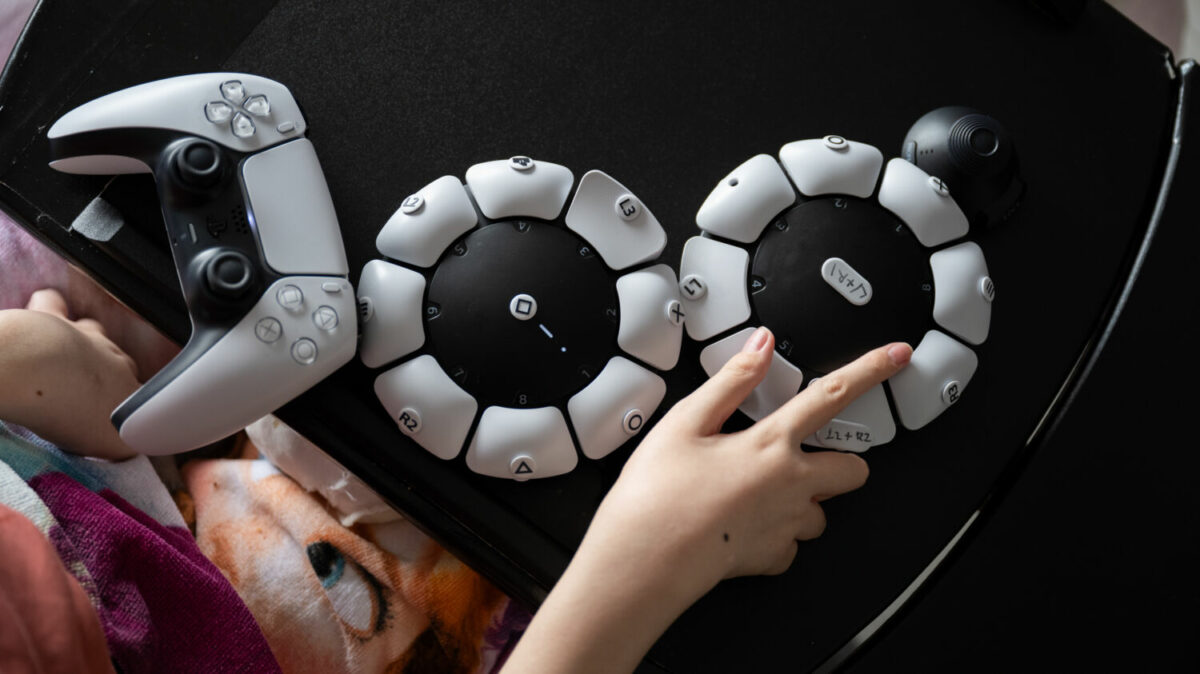
With her setup looking like a DJ’s console, Sherry highlighted an aspect of controller mapping that might be frustrating for someone who lacks a Gabriel in their life to help out in the initial stages.
“Being able to settle on the controls needs someone with a bit of game sense to help put it all together. Without Gabriel, I would not have been able to put this all together so quickly as he knows what buttons are used for which actions and how often they will be used as well. Knowing that the attack usually is associated with the square button and the X button is used for jump, Gabriel and I were able to map out everything so that my most used buttons are always within easy reach.”
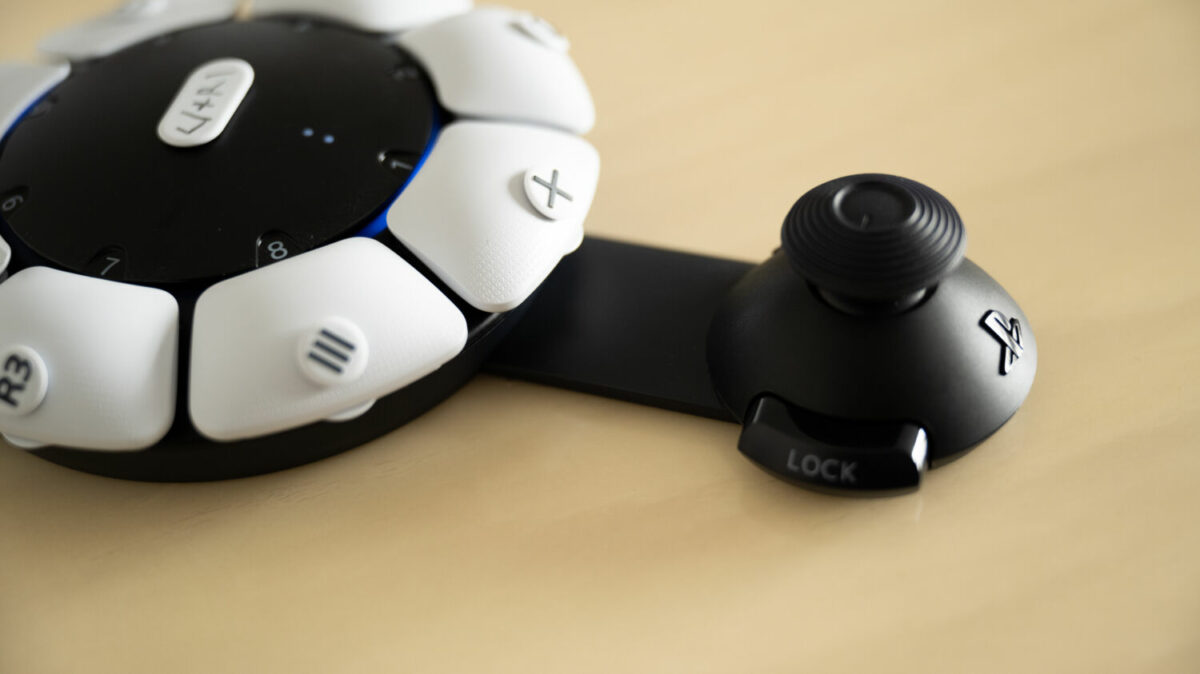
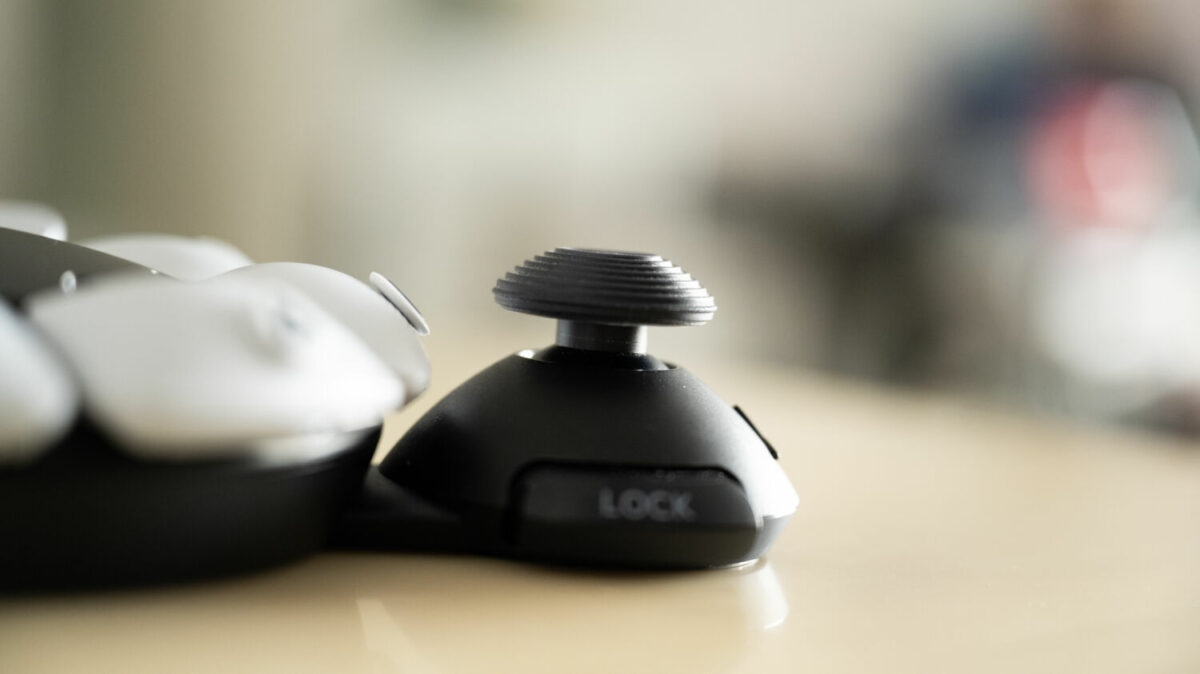
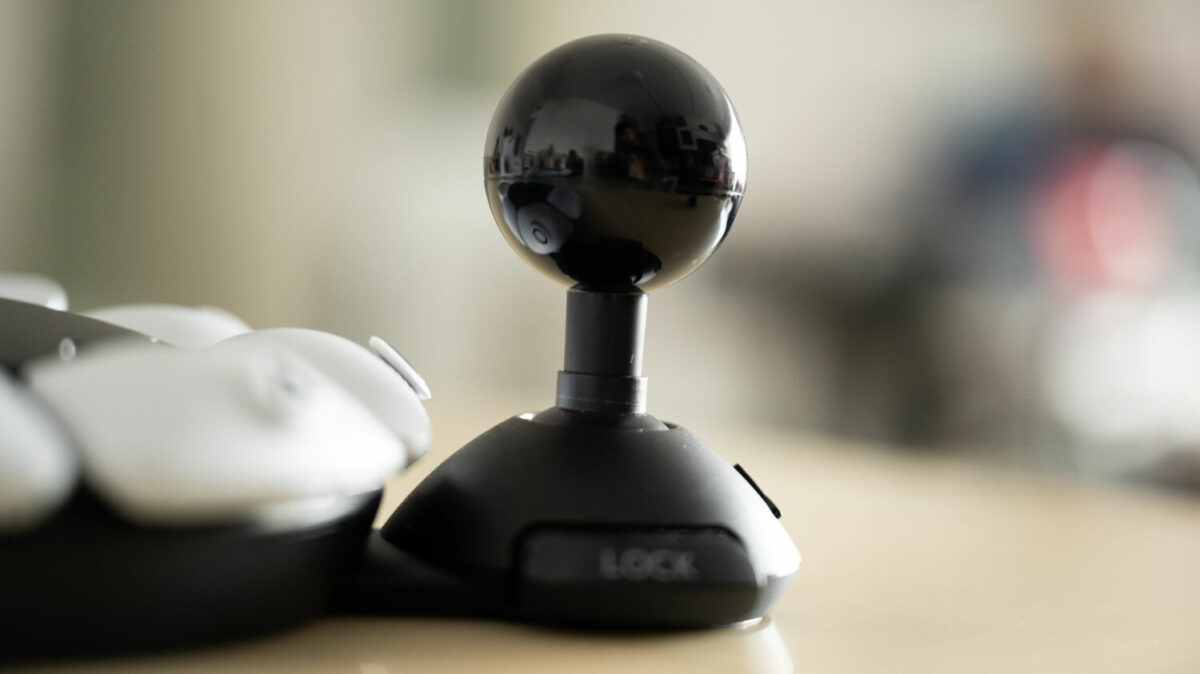
In a nutshell, each Access Controller has 10 remappable buttons and a joystick built into the controller. Right from the PlayStation’s main menu are a whole suite of options to help users figure out and remap the controller’s buttons to how they see fit. The controller allows for simultaneous inputs as well so needing to press down on two shoulder buttons, such as a combination of L1 and L2 or L1 and X, can all be done from the main menu itself. Following that it’s over to the developer’s end to see if these buttons can be mapped to each input.

Her go-to setup? It’s mostly a mix of DualSense and two Access Controllers combined which gives her just enough buttons to make it through the games she has played so far. While it’s far from perfect, these controllers have unlocked for Sherry a new world for her to experience and to stay up to date with fellow gamers in being able to play the latest PlayStation 5 exclusives.
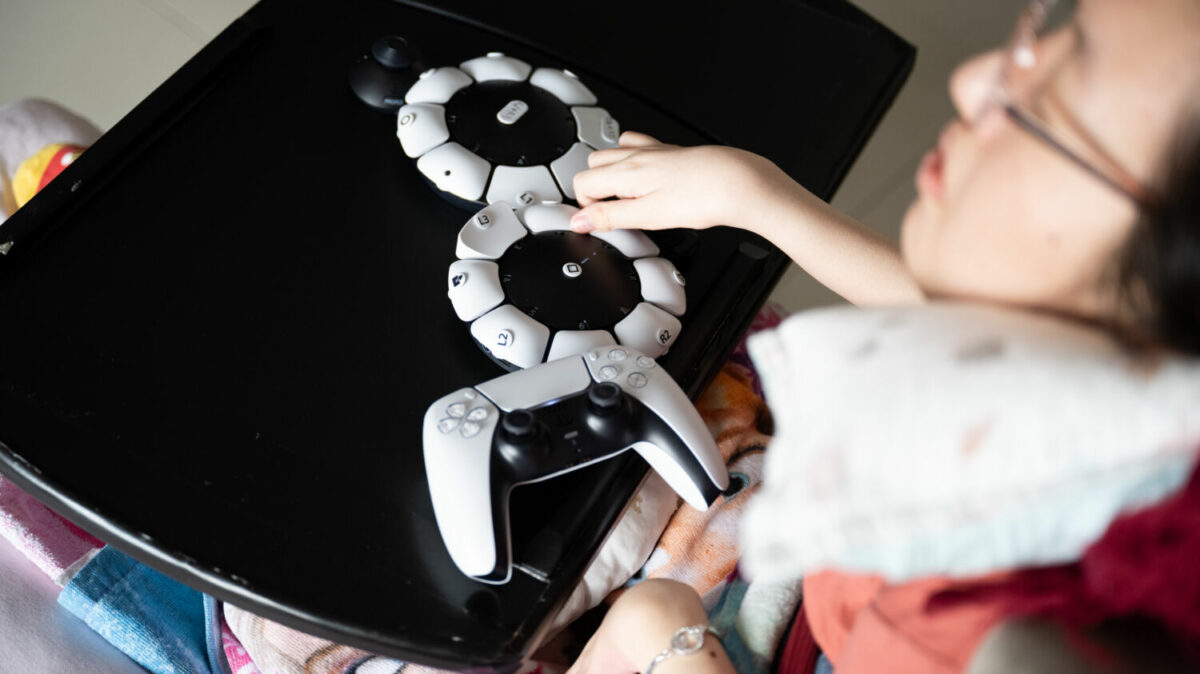
Outside of having the time (and energy) to play the latest games like all of us, Sherry has to grapple with a unique set of concerns on her plate. Between the price of the DualSense (US$54.99 / S$99) and the Access Controller (US$89.99 / S$128.90), Sherry wondered if there might be a way to reduce the cost of entry for individuals like her.
“It’s interesting to see how the normal DualSense controller costs much less for able-bodied individuals but for someone like me, I’d have to get a more expensive controller to play the games that I want to,” shared Sherry as she started to speak louder to make her point across.
For many users, it would be easy to wave off her concerns but therein lies the beauty of video games, especially for those homebound for a large part of their day.

“Being able to play video games keeps my mind active and in some ways being able to move reminds me of how the Nintendo Wii was also used for physical therapy. Playing games with the help of the Access controller allows me to be part of the wider community but I do wish that the prices were more in line with the regular DualSense controller so that people like myself would be able to easily afford them.”
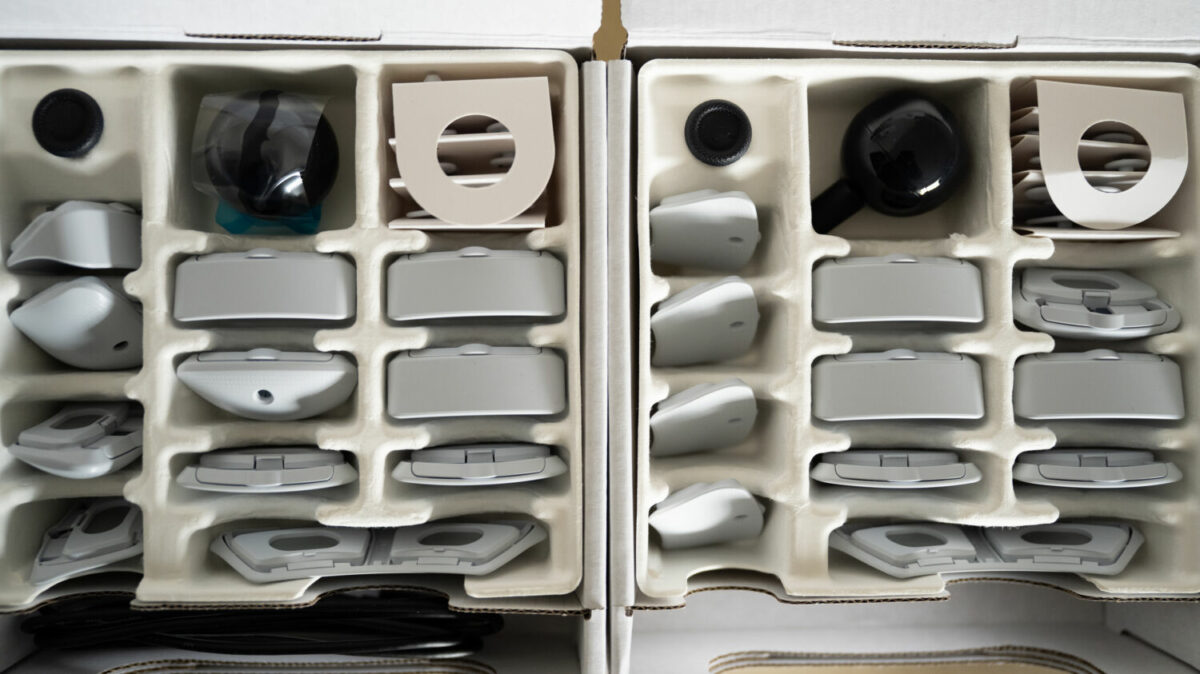
In the scenario that Sherry paints, it’s true that compared to other able-bodied individuals, folks like Sherry have fewer options to spend their time, seek entertainment, and find a community thus her view does make some sense. However, how we accept the world and the economic realities of it all make for some tricky balancing of the books to make the PlayStation Access controller even viable on Sony’s end to bring to market. The larger question that Sherry ponders is how far Sony would be willing to go to cater to as many disabled gamers as possible.
“Given the research and development cost, and the near-infinite variations of physical disabilities, it would be hard to know where to begin in designing their answer for an accessible controller in the first place and where it would end?”
Referencing PlayStation’s own blog post, this mission is not one-off –
“At SIE, our mission is to use technology to help connect the world through play. Today, approximately 1.3 billion people experience significant disability. As the gaming industry expands, it’s increasingly important for us to harness our expertise to develop more accessible products. The Access controller is inspired by our vision of “Play Has No Limits,” and continues our tradition of delivering accessible features and products that break down barriers for players, across our console experiences and PlayStation Studios’ games.”
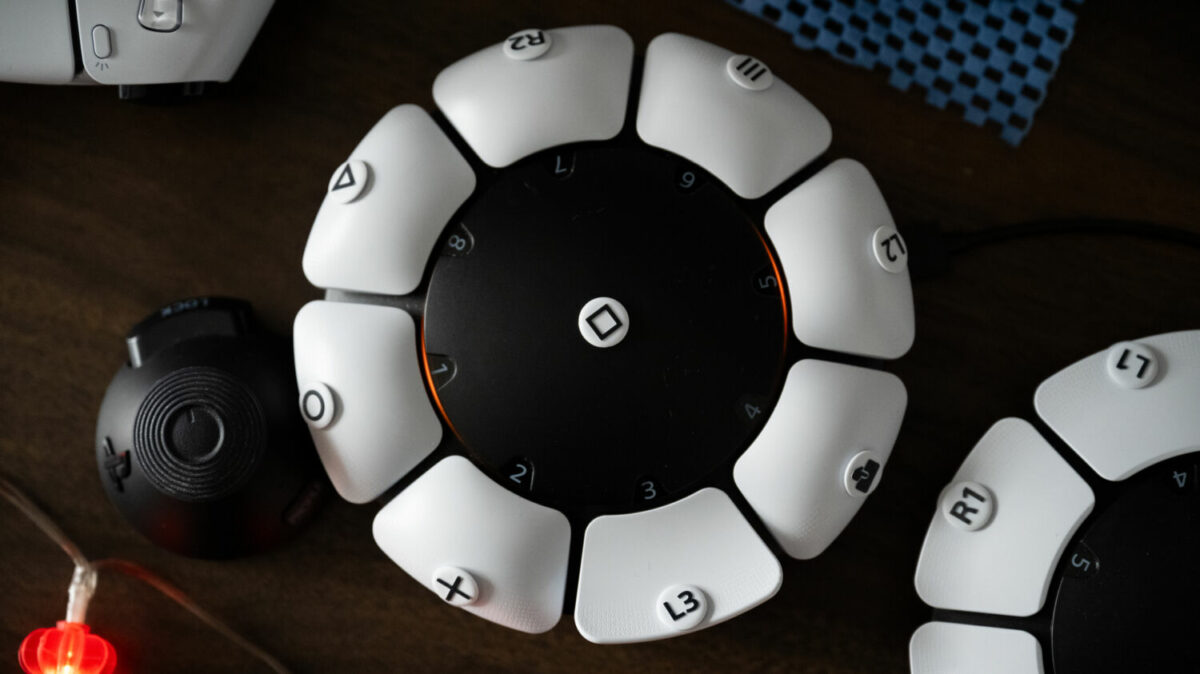
When faced with obtaining a S$90 controller and raising funds for a S$375,000 drug treatment to help Sherry regain some level of mobility and improve her quality of life, being able to squeeze in some precious game time for a crucial mood booster isn’t that bad. and she holds the view that the efforts made by Sony are a step in the right direction.
“What I do want is to be able to decide for myself. In my situation, much of the control I have over a game, their menus, and their accessibility has already been decided by others. But I appreciate being able to alter the gameplay in the way I see fit. The Access Controller, in a way, gives me some control back in my life and the freedom to choose, I do hope that Sony does more and continues giving gamers like me the opportunity to experience more games.”
Sherry Toh is currently fundraising her treatment for Risdiplam which would give her more mobility in her everyday life. If you would like to help Sherry out, her campaign is still ongoing and any bit of help will go a long way.
Gerald currently straddles between his love of video games and board gaming. There’s nothing that interests him more than trying out the newest and fanciest gadget in town as well. He dreams of publishing a board game sometime in the future!

